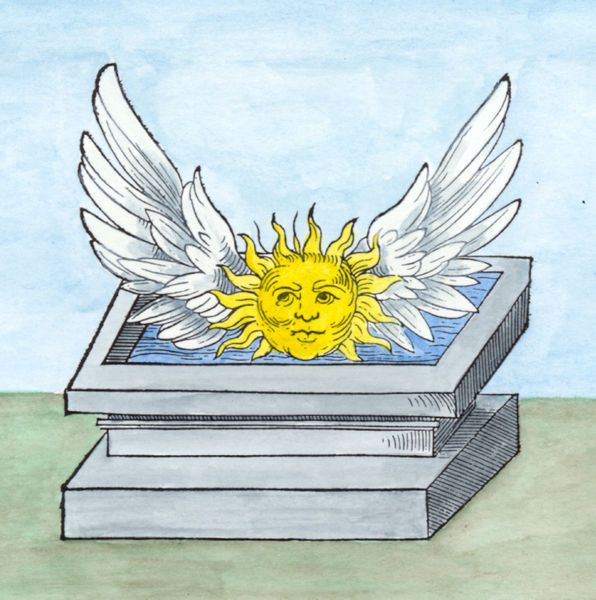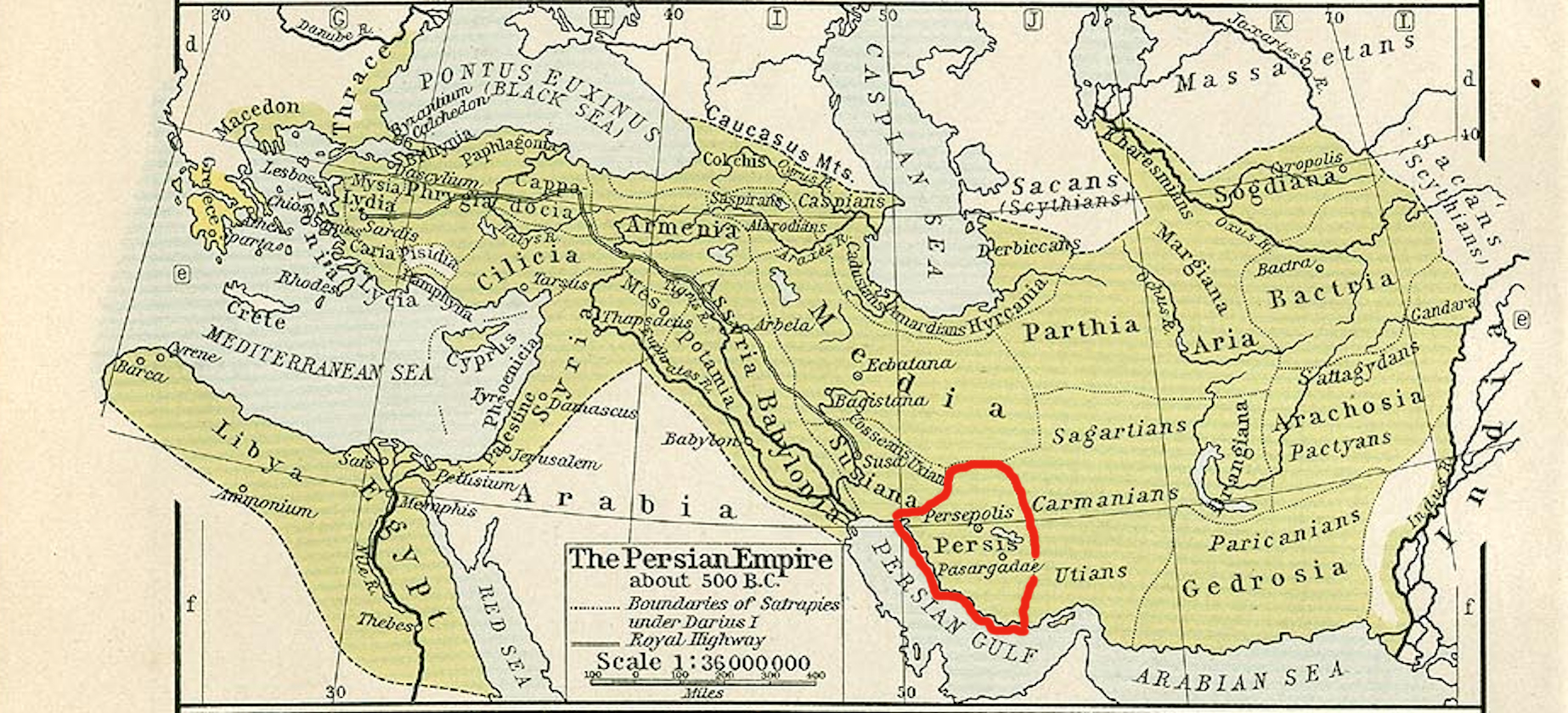|
Faravahar
The Faravahar ( fa, فروهر), also known as the Foruhar () or the Farre Kiyâni ( fa, فر کیانی, label=none), is one of the best-known symbols of Zoroastrianism, an Iranian religion. There are various interpretations of what the Faravahar symbolizes, and there is no concrete universal consensus on its meaning. However, it is commonly believed that the Faravahar serves as a Zoroastrian depiction of the ''fravashi'', or personal spirit. The Faravahar is one of the best-known and most used pre-Islamic symbols of Iran and is often worn as a pendant. Despite its traditionally religious nature, it has become a secular and cultural symbol for Iranians. Etymology The New Persian word is read as ''foruhar'' or ''faravahar'' (pronounced as ''furōhar'' or ''furūhar'' in Classical Persian). The Middle Persian forms were ''frawahr'' (Book Pahlavi: plwʾhl, Manichaean: prwhr), ''frōhar'' (recorded in Pazend as ; it is a later form of the previous form), and ''fraward'' (Book P ... [...More Info...] [...Related Items...] OR: [Wikipedia] [Google] [Baidu] |
Winged Sun
The winged sun is a solar symbol associated with divinity, royalty, and power in the Ancient Near East (Egypt, Mesopotamia, Anatolia, and Persia). Ancient Egypt In ancient Egypt, the symbol is attested from the Old Kingdom (Sneferu, 26th century BC ), often flanked on either side with a uraeus. Behdety In early Egyptian religion, the symbol Behdety represented Horus of Edfu, later identified with Ra-Horakhty. It is sometimes depicted on the neck of Apis, the bull of Ptah. As time passed (according to interpretation) all of the subordinated gods of Egypt were considered to be aspects of the sun god, including Khepri. The name "Behdety" means the inhabitant of Behdet. He was the ''sky god'' of the region called ''Behdet'' in the Nile basin. His image was first found in the inscription on a comb's body, as a winged solar panel. The period of the comb is about 3000 BC. Such winged solar panels were later found in the funeral picture of Pharaoh Sahure of the fifth dynasty ... [...More Info...] [...Related Items...] OR: [Wikipedia] [Google] [Baidu] |
Zoroastrianism
Zoroastrianism is an Iranian religions, Iranian religion and one of the world's History of religion, oldest organized faiths, based on the teachings of the Iranian peoples, Iranian-speaking prophet Zoroaster. It has a Dualism in cosmology, dualistic cosmology of good and evil within the framework of a Monotheism, monotheistic ontology and an eschatology which predicts the ultimate conquest of evil by good. Zoroastrianism exalts an uncreated and benevolent deity of wisdom known as ''Ahura Mazda'' () as its supreme being. Historically, the unique features of Zoroastrianism, such as its monotheism, messianism, belief in Free will in theology, free will and Judgement (afterlife), judgement after death, conception of heaven, hell, Angel, angels, and Demon, demons, among other concepts, may have influenced other religious and philosophical systems, including the Abrahamic religions and Gnosticism, Southern, Eastern and Northern Buddhism, Northern Buddhism, and Ancient Greek philosoph ... [...More Info...] [...Related Items...] OR: [Wikipedia] [Google] [Baidu] |
Artaxerxes III
Ochus ( grc-gre, Ὦχος ), known by his dynastic name Artaxerxes III ( peo, 𐎠𐎼𐎫𐎧𐏁𐏂𐎠 ; grc-gre, Ἀρταξέρξης), was King of Kings of the Achaemenid Empire from 359/58 to 338 BC. He was the son and successor of Artaxerxes II and his mother was Stateira. Before ascending the throne Artaxerxes was a satrap and commander of his father's army. Artaxerxes came to power after one of his brothers was executed, another committed suicide, the last murdered and his father, Artaxerxes II died. Soon after becoming king, Artaxerxes murdered all of the royal family to secure his place as king. He started two major campaigns against Egypt. The first campaign failed, and was followed up by rebellions throughout the western part of his empire. During the second, Artaxerxes finally defeated Nectanebo II, the Pharaoh of Egypt, bringing the country back into the Persian fold after six decades. In Artaxerxes' later years, Philip II of Macedon's power was increasing ... [...More Info...] [...Related Items...] OR: [Wikipedia] [Google] [Baidu] |
Ashur (god)
Ashur, Ashshur, also spelled Ašur, Aššur ( Sumerian: AN.ŠAR₂, Assyrian cuneiform: , also phonetically ) is a god of the ancient Assyrians and Akkadians, and the head of the Assyrian pantheon in Mesopotamian religion, who was worshipped mainly in northern Mesopotamia, and parts of north-east Syria and south-east Asia Minor which constituted old Assyria. He may have had a solar iconography. Legend Aššur was a deified form of the city of Assur, which dates from the mid 3rd millennium BC and was the capital of the Old Assyrian kingdom. As such, Ashur did not originally have a family, but as the cult came under southern Mesopotamian influence, he later came to be regarded as the Assyrian equivalent of Enlil, the chief god of Nippur. Enlil was the most important god of the southern pantheon from the early 3rd millennium BC until Hammurabi founded an empire based in Babylon in the mid-18th century BC, after which Marduk replaced Enlil as the chief god in the south. ... [...More Info...] [...Related Items...] OR: [Wikipedia] [Google] [Baidu] |
Fravashi
Fravashi ( ae, 𐬟𐬭𐬀𐬎𐬎𐬀𐬴𐬌, translit=fravaṣ̌i, ) is the Avestan language term for the Zoroastrian concept of a personal spirit of an individual, whether dead, living, or yet-unborn. The ''fravashi'' of an individual sends out the ''urvan'' (often translated as 'soul') into the material world to fight the battle of good versus evil. On the morning of the fourth day after death, the ''urvan'' is imagined to return to its ''fravashi'', where its experiences in the material world are collected to assist the next generation in their fight between good and evil. In the 9/10th-century works of Zoroastrian tradition (Pahlavi books), Avestan ''fravashi'' continues as Middle Persian (and -w- forms, etc), , or . The last days of a year, called (compare Modern Persian: ''farvardin'', first month within the Persian calendar), are dedicated to the . The first month of the year as well as the 19th day of each month are considered under the protection of, and named af ... [...More Info...] [...Related Items...] OR: [Wikipedia] [Google] [Baidu] |
Frataraka
Frataraka (Aramaic: ''Prtkr’'', "governor", or more specifically "sub-satrapal governor") is an ancient Persian title, interpreted variously as “leader, governor, forerunner”. It is an epithet or title of a series of rulers in Persis from 3rd to mid 2nd century BC, or alternatively between 295 and 220 BC, at the time of the Seleucid Empire, prior to the Parthian conquest of West Asia and Iran. Studies of ''frataraka coins'' are important to historians of this period. Rulers and period Several rulers have been identified as belonging to Fratarakā dynasty (from the title ''prtrk' zy alhaya'', or "governor of the gods" on their coins): ''bgdt'' (Baydād), ''rtḥštry'' (Ardaxšīr I), ''whwbrz'' (Vahbarz, who is called Oborzos in Polyenus 7.40), and ''wtprdt'' (Vādfradād I). Traditionally, they used to be considered as independent, anti-Seleucid rulers of Persis in the 3rd century BC. It seems however that they were rather representatives of the Seleucids in the region ... [...More Info...] [...Related Items...] OR: [Wikipedia] [Google] [Baidu] |
Mesopotamia
Mesopotamia ''Mesopotamíā''; ar, بِلَاد ٱلرَّافِدَيْن or ; syc, ܐܪܡ ܢܗܪ̈ܝܢ, or , ) is a historical region of Western Asia situated within the Tigris–Euphrates river system, in the northern part of the Fertile Crescent. Today, Mesopotamia occupies modern Iraq. In the broader sense, the historical region included present-day Iraq and Kuwait and parts of present-day Iran, Syria and Turkey. The Sumerians and Akkadians (including Assyrians and Babylonians) originating from different areas in present-day Iraq, dominated Mesopotamia from the beginning of written history () to the fall of Babylon in 539 BC, when it was conquered by the Achaemenid Empire. It fell to Alexander the Great in 332 BC, and after his death, it became part of the Greek Seleucid Empire. Later the Arameans dominated major parts of Mesopotamia (). Mesopotamia is the site of the earliest developments of the Neolithic Revolution from around 10,000 BC. It has been identi ... [...More Info...] [...Related Items...] OR: [Wikipedia] [Google] [Baidu] |
Neo-Assyrian Empire
The Neo-Assyrian Empire was the fourth and penultimate stage of ancient Assyrian history and the final and greatest phase of Assyria as an independent state. Beginning with the accession of Adad-nirari II in 911 BC, the Neo-Assyrian Empire grew to dominate the ancient Near East throughout much of the 8th and 7th centuries BC, becoming the largest empire in history up to that point. Because of its geopolitical dominance and ideology based in world domination, the Neo-Assyrian Empire is by many researchers regarded to have been the first world empire in history. At its height, the empire was the strongest military power in the world and ruled over all of Mesopotamia, the Levant and Egypt, as well as portions of Anatolia, Arabia and modern-day Iran and Armenia. The early Neo-Assyrian kings were chiefly concerned with restoring Assyrian control over much of northern Mesopotamia and Syria, since significant portions of the preceding Middle Assyrian Empire had been lost during a long ... [...More Info...] [...Related Items...] OR: [Wikipedia] [Google] [Baidu] |
Tree Of Life
The tree of life is a fundamental archetype in many of the world's mythological, religious, and philosophical traditions. It is closely related to the concept of the sacred tree.Giovino, Mariana (2007). ''The Assyrian Sacred Tree: A History of Interpretations'', page 129. Saint-Paul. The concept of the tree of life may have originated in Central Asia, and absorbed by other cultures, such as Scandinavian mythology and Altai shamanism. The tree of knowledge, connecting to heaven and the underworld, and the tree of life, connecting all forms of creation, are both forms of the world tree or cosmic tree, and are portrayed in various religions and philosophies as the same tree. Religion and mythology Various trees of life are recounted in folklore, culture and fiction, often relating to immortality or fertility. They had their origin in religious symbolism. According to professor Elvyra Usačiovaitė, a "typical" imagery preserved in ancient iconography is that of two symmet ... [...More Info...] [...Related Items...] OR: [Wikipedia] [Google] [Baidu] |
Ahura Mazda On Vādfradād (Autophradates) I
Ahura (Avestan: 𐬀𐬵𐬎𐬭𐬀) is an Avestan language designation for a particular class of Zoroastrian divinities. The term is assumed to be linguistically related to the Asuras of Indian Vedic era. Etymology Avestan ''ahura'' "lord" derives from Proto-Indo-Iranian language ''*Hásuras'', also attested in an Indian context as Rigvedic ''asura''. As suggested by the similarity to the Old Norse ''æsir'', Indo-Iranian ''*Hásuras'' may have an even earlier Proto-Indo-European language root. It is commonly supposed that Indo-Iranian ''*Hásuras'' was the proper name of a specific divinity with whom other divinities were later identified. In scripture Gathas In the Gathas, the oldest hymns of Zoroastrianism and thought to have been composed by Zoroaster, followers are exhorted to pay reverence to only the ''ahura''s and to rebuff the ''daeva''s and others who act "at Lie's command". That should not, however, be construed to reflect a view of a primordial opposition. Althoug ... [...More Info...] [...Related Items...] OR: [Wikipedia] [Google] [Baidu] |

_p012_BAKU%2C_FIRE_TEMPLE_(cropped).jpg)



